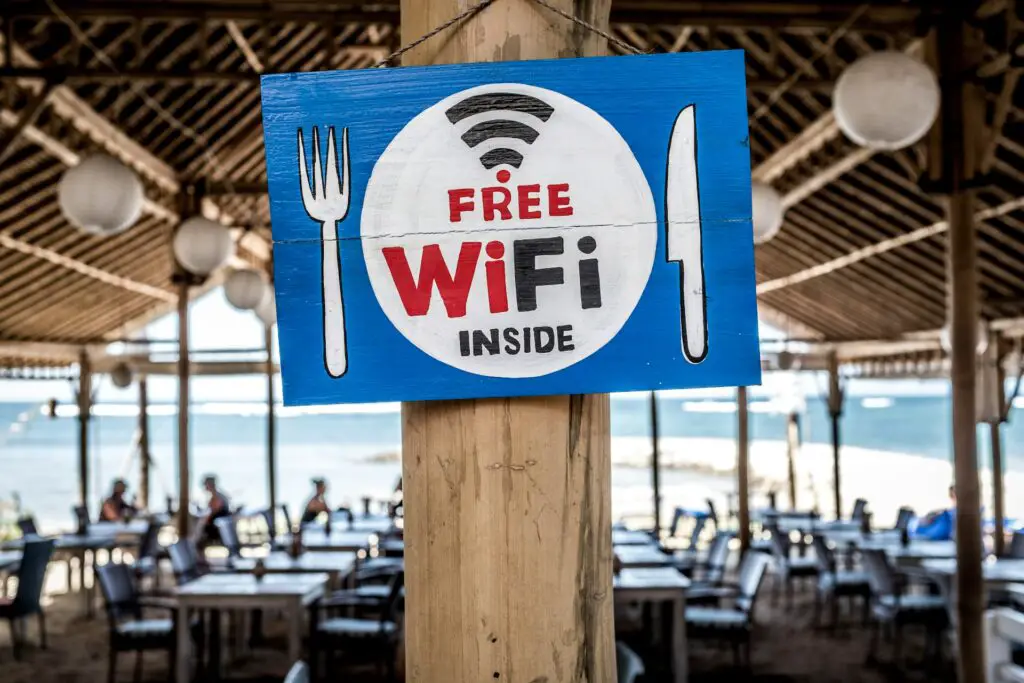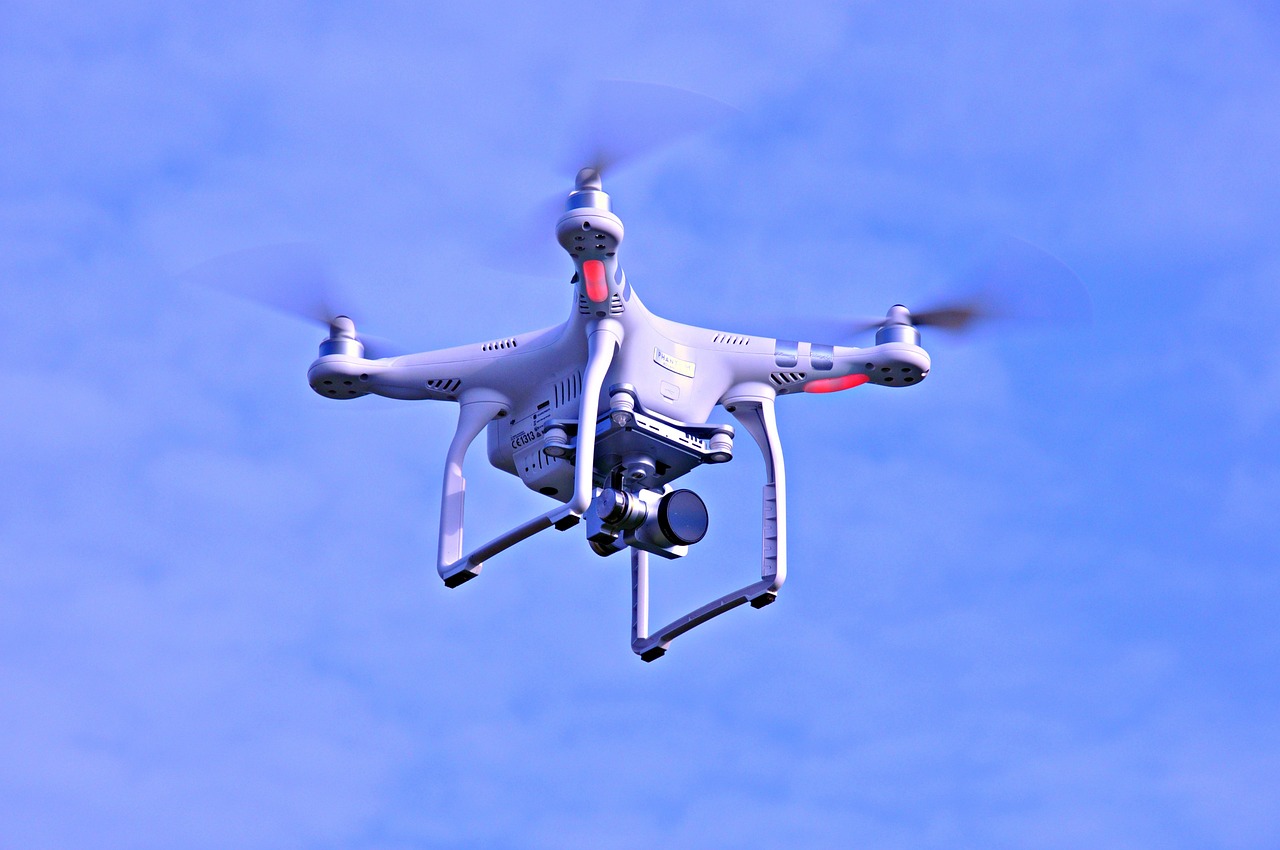In an era where remote work has become a global norm, the ability to stay connected while working abroad is no longer a luxury—it’s a necessity. Whether you’re a digital nomad hopping between vibrant cities, a freelancer attending international conferences, or a remote employee stationed temporarily in another country, reliable internet access underpins productivity, communication, and success. Portable Wi-Fi solutions have emerged as a lifeline for professionals on the move, offering flexibility and connectivity in diverse environments. This article explores the landscape of portable Wi-Fi solutions for working abroad, covering their types, benefits, challenges, and practical considerations, while providing actionable insights for choosing the right option.
The Importance of Portable Wi-Fi for Remote Work
The rise of remote work has untethered professionals from traditional office spaces, enabling them to work from virtually anywhere. However, this freedom comes with the challenge of securing consistent, high-speed internet access. Public Wi-Fi networks in cafes, airports, or hotels often suffer from security vulnerabilities, inconsistent speeds, and restrictive access policies. For professionals handling sensitive data or relying on video conferencing, these shortcomings can disrupt workflows and compromise security.
Portable Wi-Fi solutions address these issues by providing dedicated, secure, and mobile internet access. These devices or services allow users to connect laptops, tablets, and smartphones to the internet without relying on local infrastructure. From collaborating with teams across time zones to uploading large files or streaming presentations, portable Wi-Fi ensures that professionals remain productive regardless of their location.
Types of Portable Wi-Fi Solutions
Several portable Wi-Fi solutions cater to the needs of professionals working abroad. Each option has its strengths and limitations, making it essential to understand their differences to select the most suitable one.
- Mobile Hotspot Devices
Mobile hotspot devices, also known as pocket Wi-Fi or MiFi devices, are compact gadgets that connect to cellular networks (3G, 4G, or 5G) and create a private Wi-Fi network. These devices typically require a SIM card or an embedded eSIM to access local or international data plans.
Pros:
Portability: Small and lightweight, easily fitting into a pocket or bag.
Multi-Device Connectivity: Supports multiple devices simultaneously, ideal for teams or individuals using multiple gadgets.
Global Coverage: Many providers offer international plans covering multiple countries.
Security: Private networks reduce the risks associated with public Wi-Fi.
Cons:
Upfront Cost: Purchasing a device can be expensive, though rentals are available.
Battery Life: Limited battery life requires regular charging.
Data Limits: Plans often come with daily or monthly data caps.
Popular Providers:
GlocalMe: Offers eSIM-based hotspots with pay-as-you-go data plans across 140+ countries.
Skyroam Solis: Provides global coverage with daily data passes and a built-in power bank.
Tep Wireless: Focuses on rental devices with flexible plans for travelers.
- Smartphone Hotspots
Most modern smartphones allow users to share their cellular data connection via a personal hotspot feature. This turns the phone into a Wi-Fi router, enabling other devices to connect.
Pros:
Convenience: No additional device is needed, as most professionals already carry a smartphone.
Cost-Effective: Leverages existing mobile data plans, potentially reducing expenses.
Flexibility: Easy to enable or disable as needed.
Cons:
Battery Drain: Hotspot usage significantly reduces phone battery life.
Data Restrictions: Many mobile plans limit hotspot data or charge extra for tethering.
Performance: May not support as many devices or offer the same speed as dedicated hotspots.
Best Practices:
Check with your mobile carrier for international roaming plans or local SIM card compatibility.
Use a portable charger to mitigate battery drain.
Monitor data usage to avoid unexpected charges.
- Local SIM Cards
Purchasing a local SIM card in the destination country is a cost-effective way to access mobile data, which can then be shared via a smartphone hotspot or inserted into a dedicated hotspot device.
Pros:
Affordability: Local SIMs often offer competitive data rates compared to international roaming.
High Data Allowances: Many countries provide generous prepaid data plans.
Flexibility: Swap SIMs for different countries without changing devices.
Cons:
Setup Time: Requires purchasing and activating a SIM card upon arrival.
Compatibility: Ensure your device is unlocked and supports local network bands.
Language Barriers: Navigating local telecom providers can be challenging in some countries.
Popular Destinations and Providers:
Europe: Vodafone, Orange, and Three offer prepaid SIMs with EU-wide roaming.
Asia: AIS (Thailand), Singtel (Singapore), and Airtel (India) provide affordable data plans.
Americas: T-Mobile (USA), Telcel (Mexico), and Claro (Brazil) are reliable options.
- eSIM Technology
eSIMs (embedded SIMs) are digital SIM cards that can be programmed with data plans from multiple providers without requiring a physical card. Many modern smartphones and hotspot devices support eSIMs, making them a convenient option for travelers.
Pros:
Seamless Activation: Purchase and activate plans online without visiting a store.
Multi-Country Plans: Providers like Airalo and Holafly offer regional or global eSIM plans.
Eco-Friendly: Eliminates the need for physical SIM cards.
Cons:
Device Compatibility: Not all devices support eSIM technology.
Limited Provider Options: Fewer providers offer eSIM plans compared to physical SIMs.
Learning Curve: Requires familiarity with eSIM setup processes.
Popular eSIM Providers:
Airalo: Offers affordable regional and country-specific eSIM plans.
Holafly: Specializes in unlimited data plans for short-term travel.
Nomad: Focuses on user-friendly eSIM plans with flexible durations.
- Portable Satellite Internet
For remote or rural areas with limited cellular coverage, portable satellite internet devices like Starlink Roam provide an alternative. These devices connect to satellite networks, offering internet access in areas where traditional cellular networks are unavailable.
Pros:
Global Reach: Works in remote locations where cellular networks are unreliable.
High Speeds: Comparable to broadband in some cases.
Reliability: Less dependent on local infrastructure.
Cons:
Cost: High upfront cost for equipment and expensive subscription plans.
Bulk: Larger and less portable than pocket Wi-Fi devices.
Setup: Requires clear line-of-sight to satellites, which can be challenging in urban or forested areas.
Use Case: Best for professionals working in remote regions, such as researchers or engineers in off-grid locations.
Key Considerations for Choosing a Portable Wi-Fi Solution
Selecting the right portable Wi-Fi solution depends on several factors, including your travel itinerary, work requirements, and budget. Here are key considerations to guide your decision:
- Destination and Coverage
Research the cellular and internet infrastructure of your destination. Urban areas in developed countries typically have robust 4G/5G networks, making mobile hotspots or local SIMs viable. In contrast, remote or developing regions may require satellite solutions or careful provider selection to ensure coverage.
Tip: Check coverage maps from providers like GlocalMe or local telecoms before traveling.
Example: In Japan, SoftBank and Docomo offer excellent urban coverage, but rural areas may have weaker signals.
- Data Needs
Estimate your daily data consumption based on your work tasks. Video conferencing (e.g., Zoom) can use 1-2 GB per hour, while emails and browsing consume significantly less. Choose a plan with sufficient data to avoid throttling or overage charges.
Tip: Opt for plans with flexible top-up options to adjust data as needed.
Example: A freelancer attending virtual meetings may need 5-10 GB daily, while a writer may suffice with 1-2 GB.
- Duration of Stay
Short-term trips (1-2 weeks) may benefit from rental hotspots or prepaid SIMs, while long-term stays (1 month or more) may justify purchasing a device or subscribing to a monthly plan.
Tip: eSIMs are ideal for short trips due to their ease of activation and flexibility.
Example: A two-week business trip to Europe could use a Holafly eSIM with unlimited data.
- Device Compatibility
Ensure your devices (smartphone, hotspot, or laptop) are compatible with the chosen solution. For example, check if your phone supports eSIM or if your hotspot device is unlocked for international SIMs.
Tip: Use online tools like willmyphonework.net to verify network band compatibility.
Example: A US-purchased iPhone may not support all 5G bands in Asia.
- Budget
Compare the costs of purchasing a device, renting, or using existing hardware. Local SIMs and eSIMs are often the most cost-effective, while satellite internet is the priciest.
Tip: Look for providers offering pay-as-you-go or daily plans to avoid long-term commitments.
Example: Airalo’s 10 GB plan for Europe costs around $20, compared to $50+ for a similar plan from a US carrier’s roaming package.
- Security Requirements
For professionals handling sensitive data, prioritize solutions with strong encryption and private networks. Mobile hotspots and eSIMs offer better security than public Wi-Fi, but always use a VPN for added protection.
Tip: Choose devices with WPA3 encryption and avoid sharing hotspot passwords.
Example: A lawyer working abroad may pair a GlocalMe hotspot with NordVPN for secure client communications.
Challenges and Solutions
While portable Wi-Fi solutions are transformative, they come with challenges that professionals must navigate:
Challenge: Data Throttling
Some providers reduce speeds after a certain data threshold.
Solution: Select plans with clear terms on throttling or opt for unlimited data plans like those from Holafly.
Challenge: Battery Life
Hotspot devices and smartphones drain quickly when tethering.
Solution: Carry a high-capacity power bank (10,000 mAh or more) and charge devices overnight.
Challenge: Regulatory Restrictions
Some countries impose restrictions on SIM cards or internet access.
Solution: Research local regulations and choose providers with compliant services, such as GlocalMe’s cloud SIM technology.
Challenge: Connectivity Gaps
Rural or remote areas may lack cellular coverage.
Solution: Consider satellite internet for critical tasks or plan work around urban access points.
Practical Tips for Using Portable Wi-Fi Abroad
To maximize the effectiveness of your portable Wi-Fi solution, follow these practical tips:
Plan Ahead: Purchase or rent your solution before departure to avoid last-minute hassles. Test the device or eSIM to ensure it works as expected.
Monitor Usage: Use apps like GlassWire or your device’s built-in data tracker to avoid exceeding data limits.
Secure Your Connection: Enable encryption on your hotspot and use a reputable VPN for sensitive tasks.
Backup Options: Have a secondary solution, such as a local SIM or access to coworking spaces with Wi-Fi, in case of primary connection failure.
Stay Updated: Check for firmware updates on hotspot devices to ensure optimal performance and security.
Case Study: A Digital Nomad’s Experience
Consider Sarah, a graphic designer who spends three months in Southeast Asia. She needs reliable internet for client meetings, file uploads, and project management. Sarah opts for a GlocalMe G4 Pro hotspot with a 10 GB global plan, supplemented by local SIMs in Thailand and Vietnam for cost savings. She uses a VPN for secure file transfers and carries a 20,000 mAh power bank to keep her devices charged. By switching between her hotspot and local SIMs based on coverage and cost, Sarah maintains seamless connectivity, completing her projects on time while exploring new destinations.
Conclusion
Portable Wi-Fi solutions empower professionals to work efficiently from anywhere in the world. Whether through mobile hotspots, smartphone tethering, local SIMs, eSIMs, or satellite internet, these tools offer flexibility, security, and reliability tailored to diverse needs. By assessing your destination, data requirements, and budget, you can select a solution that keeps you connected and productive. As remote work continues to redefine professional landscapes, investing in a portable Wi-Fi solution is a strategic step toward thriving in a globalized world.














